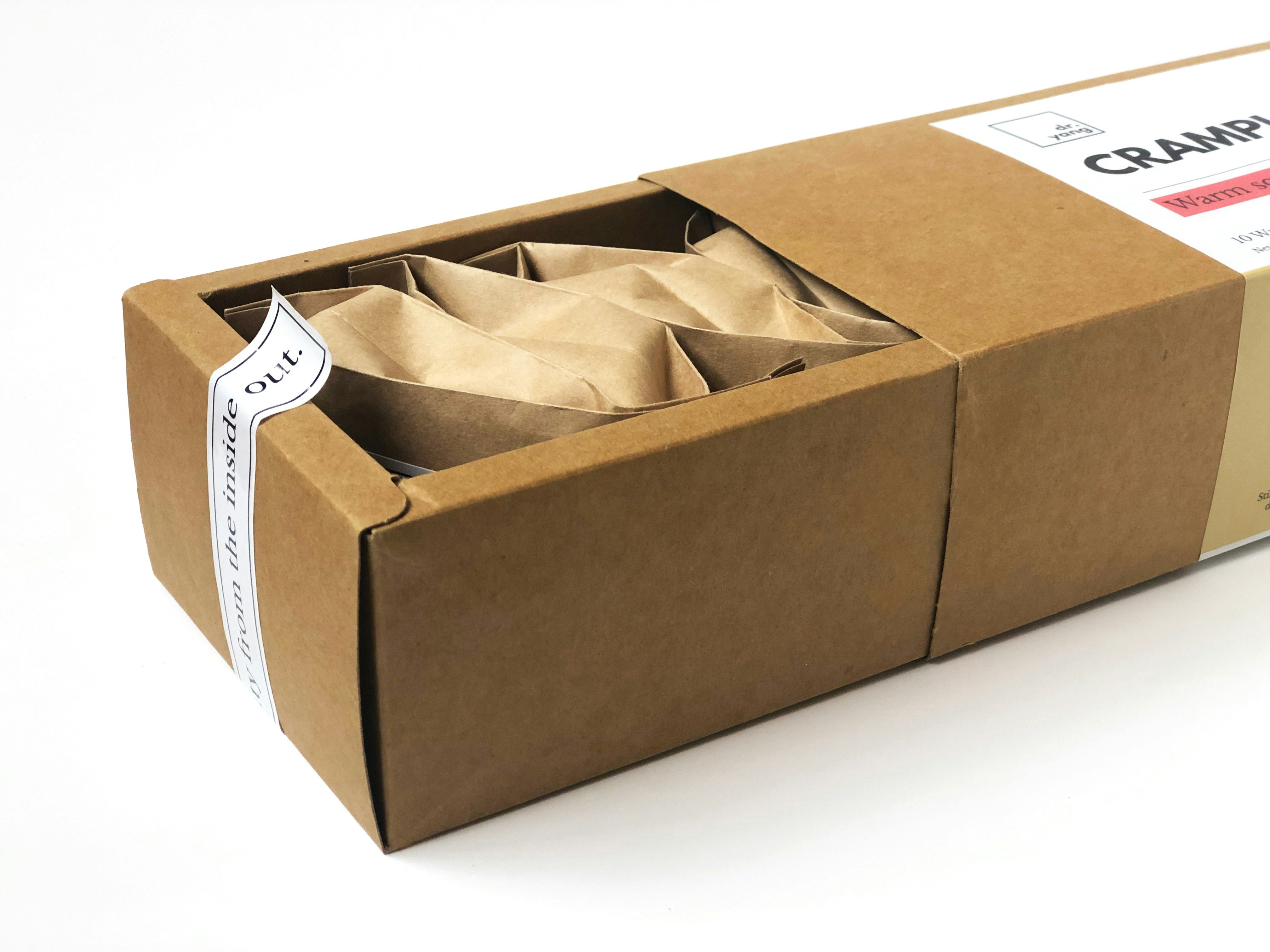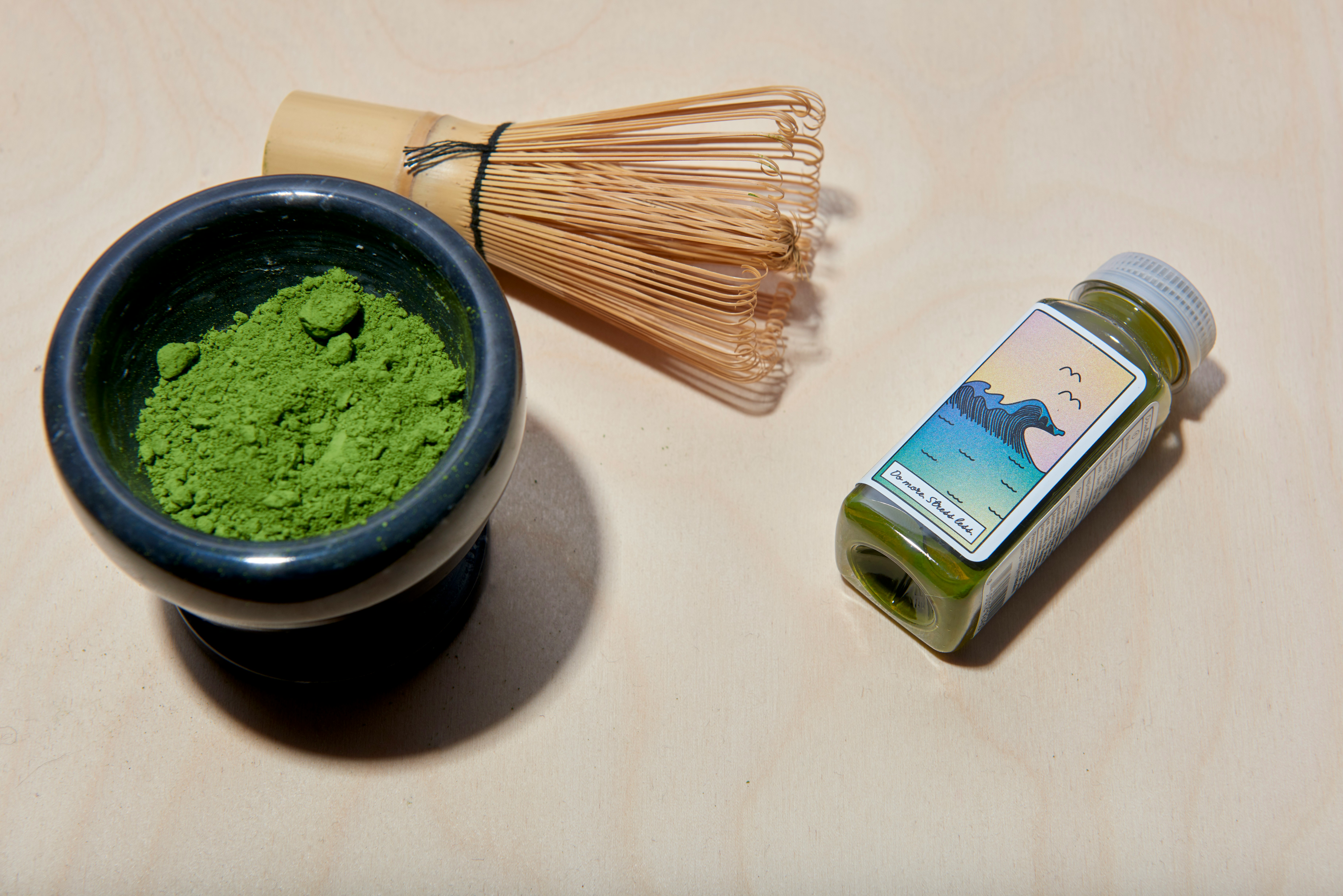Mindfulness, fitness, self-care, and nutrition are some of the commitments of a healthy lifestyle practice. Many entrepreneurs are turning this interest into unique brands to inspire and help others. In 2016, Euromonitor International valued the health and wellness industry at an estimated $686 billion worldwide and projected the industry to reach $815 billion by 2021. This forecast indicates that the wellness industry is growing substantially, with almost no signs of slowing down.
The wellness industry is competitive and provides a great opportunity to scale your business and generate sales. However, to establish success, you need to have a powerful brand, one that captivates your target audience from the jump. To help you find your footing, we explore four things you should do before launching your wellness brand.
1. Position your brand.

As we mentioned earlier, the health and wellness industry is intensely competitive. Even if you feel that your product has a unique offering, you should research similar brands that you suspect your ideal client base would be drawn to so you can set your product apart as the option that will solve their most urgent problems.
For example, your business could make the best healthy food products, but you could be competing against more than just another nutrition company. Your ideal customers could also be in the market for meal plans, meal portion advice, dog food, and more, so your branding needs to communicate why a buyer should choose your brand over the million other available options. Creating an ideal client blueprint is one of the smartest things that your brand can do to stand out.
2. Develop a business model.

If you plan on selling nutritional supplements or dietary supplements, for instance, consider your marketing approach. Do you plan on being a reseller, distributor, or contract manufacturer? Alternatively, if there is a dietary supplement brand that has helped you with your wellness journey, you might be able to sell it to others as well. With private label supplements, a vitamin supplier or manufacturer can work with you to take Food and Drug Administration approved formulations and package them with your new brand label. Private label products help to ensure that customers identify with your company both for initial and repeat purchases.
3. Think about your packaging.

Your brand’s packaging design can greatly influence your potential customers’ decision to purchase a product. Because of this, you should tailor your branding and packaging to respond to these needs. You can also use your packaging to showcase the product’s natural ingredients and the eco-friendliness of the packaging.
Knowing this, if you’re just starting, you may need to invest in shrink-wrap equipment such as an automatic shrink wrap machine, shrink wrap film, a bar sealer, a heat shrink wrap machine, and a shrink wrap heat gun for your packaging needs. As your business grows, you can outsource your packaging to another company.
4. Stick to your branding concept.

It would be best to keep up with emerging trends if you were interested in the world around you. However, being “trendy” can sometimes be bad for business because it implies that your product/service will only be relevant/useful for a short period of time before fading into obscurity. Your business idea needs to be strong enough to withstand the fickle nature of trends to avoid this.
One way to ensure that your brand stays relevant is by being mindful of the branding concept. If your brand were to change its packaging, voice, and colors every other month based on what happened to be popular at the time, it would confuse, further eliminating the possibility of brand recognition over time.
Should you want to stay “on-trend,” try not to change your company’s core visual branding. Alternatively, strive to only participate in wellness trends that may be beneficial to your business. Work out how you can incorporate them into your marketing without pivoting your entire brand to accommodate them.


